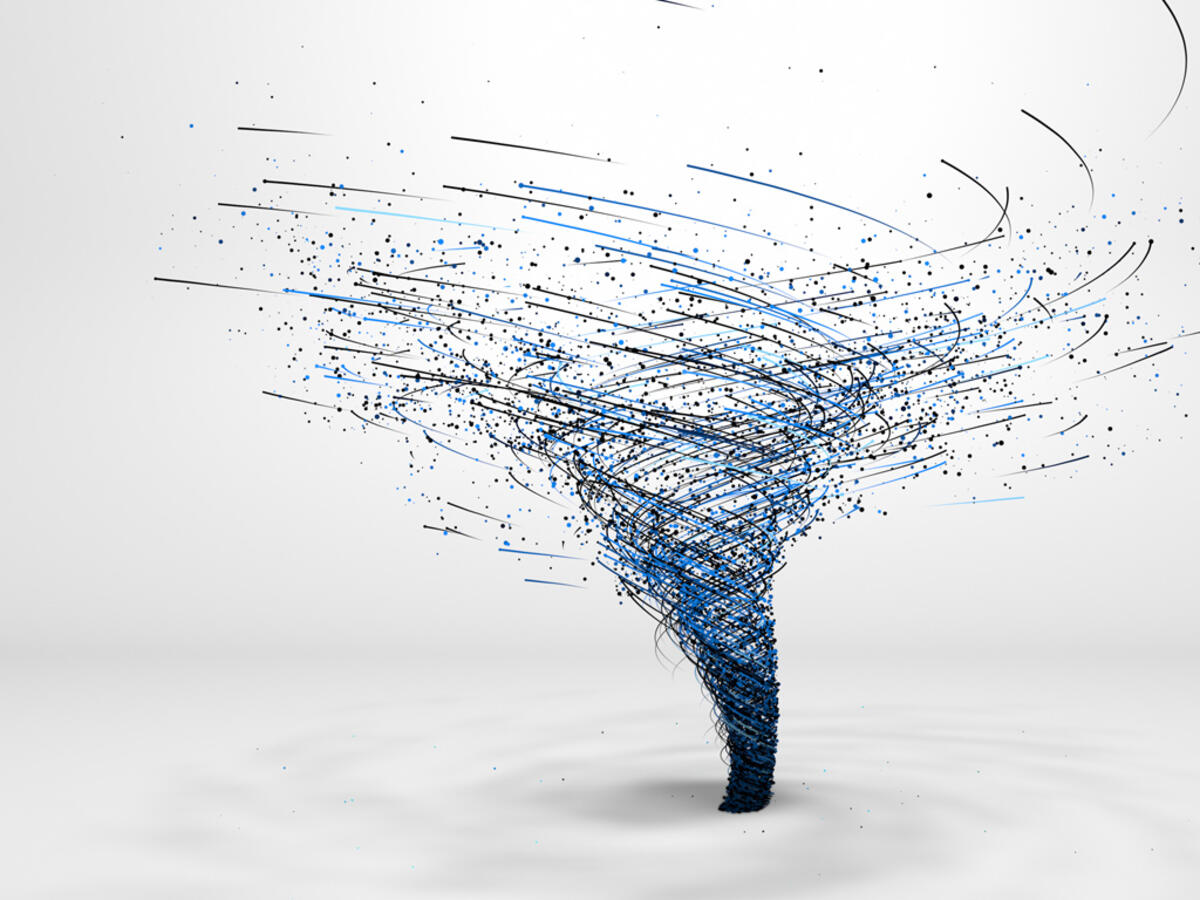What is resilience?
Resilience is critical for sustaining individuals, teams, organizations, and supply chains. It is the ability of a system to be proactive, reactive, and transform itself in the face of disruptions.
The ability of a system to…


Supply chain disruptions unfold in different phases: pre-disruption, during-disruption, and after-disruption. Supply chains need to demonstrate resilience across these different phases.
In the pre-disruption phase, supply chains must be able to anticipate future events that can cause disruption and take action to prepare for the impact.
During disruption, supply chains must be able to activate resources and implement strategies to contain the damage from the disruption and recover quickly.
After disruption, supply chains must be able to learn from the disruption, adapt to the new environment, and transform for better disruption management in the future.
Resilience is critical for sustaining individuals, teams, organizations, and supply chains. It is the ability of a system to be proactive, reactive, and transform itself in the face of disruptions.
The ability of a system to…
The SCRI takes an "all hazards" approach to its work — conducting research and providing training necessary for preparing organizations for recurring disruptions but also for infrequent or unanticipated, so-called “black swan” events.
The SCRI focuses on the transformative aspect of resilience, as disruptions are not only a threat but also provide an opportunity for innovation, learning, and organizational change. While sector agnostic, the SCRI is attentive to organizations in its environment, including microprocessor manufacturing, health care, and agribusiness.
The SCRI is proudly supported by ASU's W. P. Carey School of Business and multiple academic units.